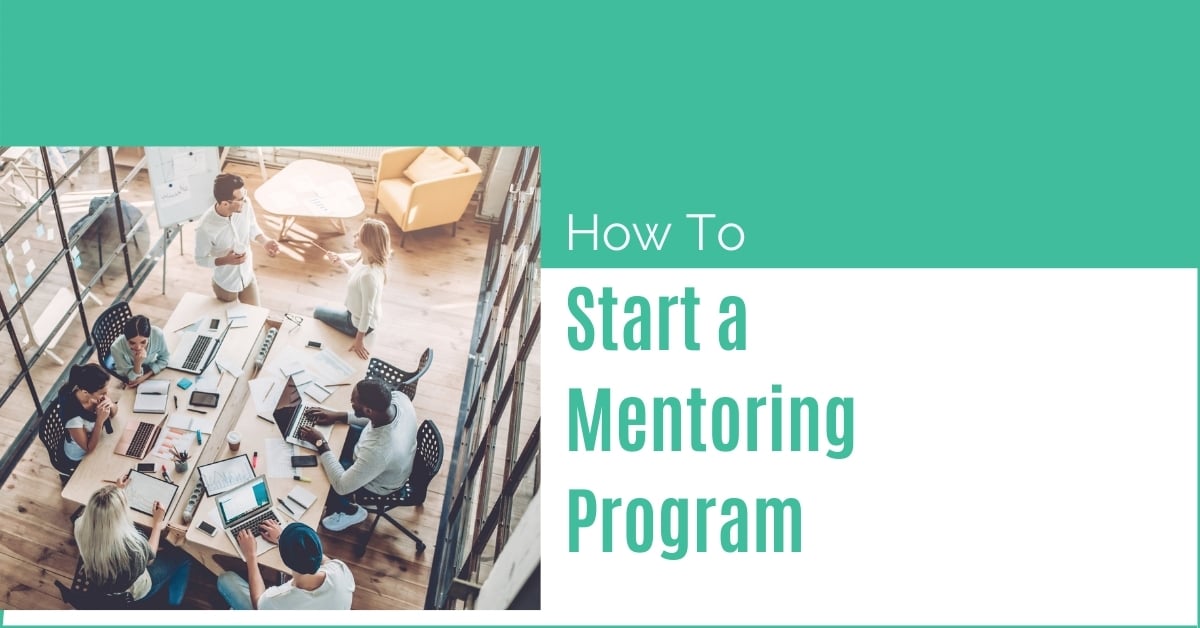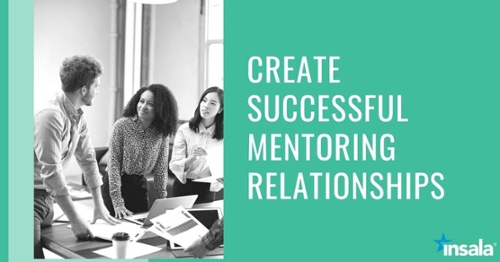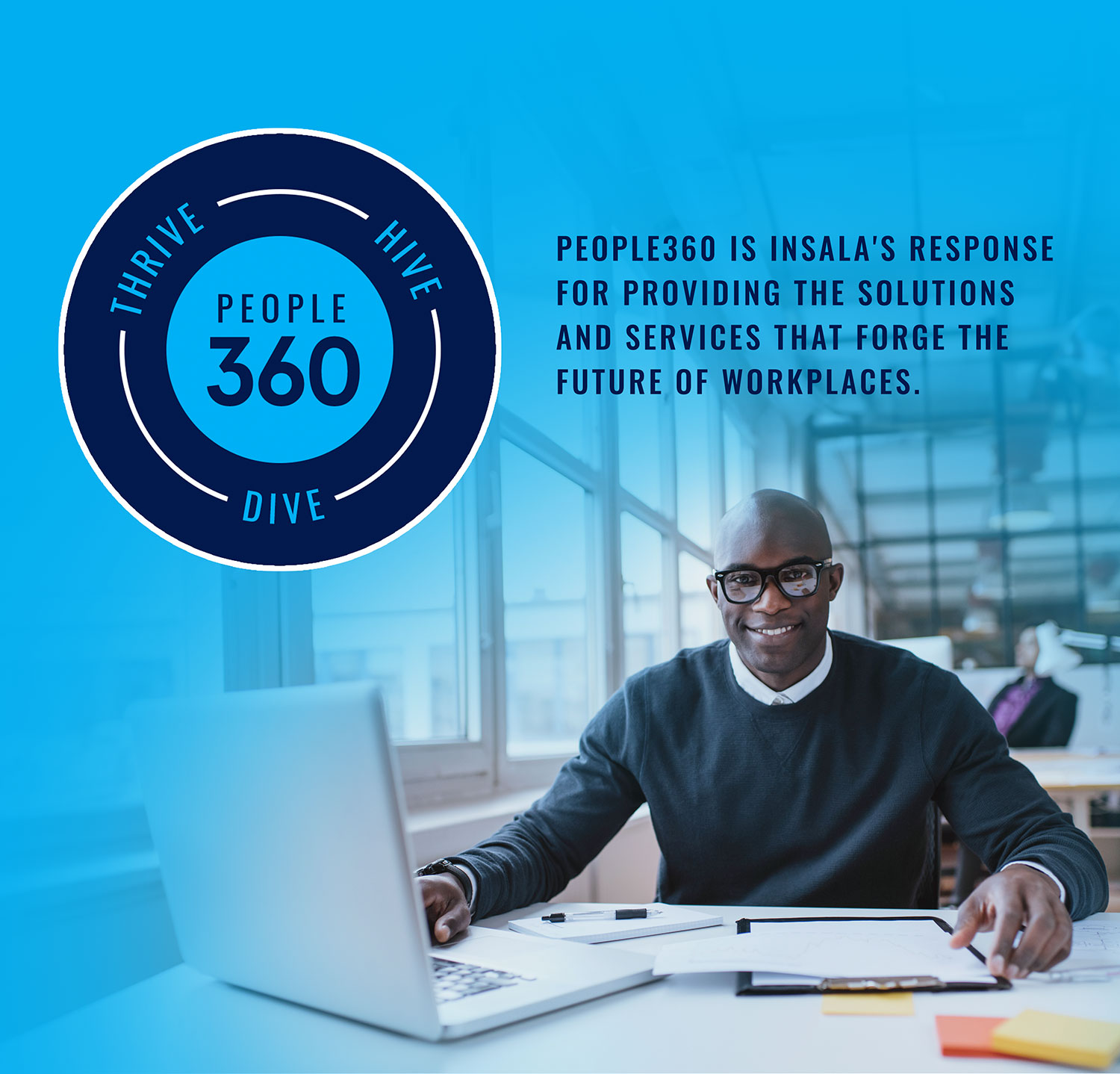How To Find The Right Mentor For You
How To Find The Right Mentor For You Having the guidance and ...
Read more
Table of Contents
What is a mentoring program?
Why have a mentoring program?
Benefits of Mentoring
Steps to starting a mentoring program
Case study
Before we discuss mentoring programs, it’s important to know what mentoring is. So, what is mentoring? The best way to describe mentoring is the creation of a relationship between two people where the need for knowledge sharing is recognized. A mentor is not a certified teacher or a professionally trained coach. Mentors are more like a guide and an advisor to the mentee who seeks to develop their skills within their career.
A mentoring program is a cost-effective solution to assist mentees in reaching their development goals, because with mentoring you are using your internal talent base to implement development. Mentoring programs typically involve two voluntary participants from the same organization and are designed to guide the mentee through long-term development in their career path. Mentees drive their own development by realizing a goal and selecting their own mentors based on matches with mentor profiles and skills.

Did you know that 53% of Americans are unhappy in their current position? With more than half of the people you work with being unhappy, it’s not too crazy to say that some may be considering finding another job soon. A decrease in employee retention typically leads to low productivity, low engagement and can make a negative impact on the overall company culture.
Low retention and engagement are typically associated with a lack of career development opportunities and the opportunity of better jobs in the job market.
With “The Great Resignation” on the way, you may be wondering how to reduce employee turnover. In 2020, uncertainty drove the rate of people leaving an organization down. Now that things are returning to a state of normalcy, its time organizations act to retain their employees. Mentoring is one way to address this challenge.
Improving employee engagement and increasing employee retention are just some of the benefits of a mentoring program. There are several advantages for the mentee, the mentor, and the organization involved.
Mentoring enhances employee engagement and entices employees to stay at their current organization. Participants feel more a part of their organization as they build a partnership and expand their professional networks. Mentees develop skills through their mentors while mentors gain a sense of fulfillment and self worth. In turn, the organization benefits from these relationships. Some ways organizations can benefit follow.
When it comes to mentoring, what do you think the most important factor is? It's building a sound, strategic plan catered to your organization’s needs. There is a correlation between high planning and high success.
We recommend using the Plan, Implement, Evaluate, and Manage (PIE*M) model to achieve maximum success with your mentoring program. In this section, we will explain what each phase of the model entails.
We've also included a video overview of the model below.

Many organizations believe they are ready when they just might not be. With Insala’s mentoring readiness one of our experts takes you through a process and gap analysis to ensure that you are ready.
Here is a case of an organization that was having challenges during a merger. They followed the PIE*M model with Insala’s assistance and achieved mentoring program success.
Industry: A U.S. based manufacturing organization that was acquired by a global organization.
Challenge: Bridging the gap between employees of the merging organizations
Solution: The merged global organization decided to implement a virtual mentoring program as their best solution. Insala provided a Mentoring Readiness Workshop to help the client determine how to implement a successful mentoring program. Their matching strategy supported with mentoring software was determined to be the key factor in the success of their mentoring program.
To ensure participants would be successful in their new matches, the global organization utilized Insala’s training for mentors, mentees, and associated managers/supervisors for a period of two years. At that time, the organization then licensed Insala’s mentoring training content and certified instructors to continue training for the future.
Key Accomplishments:
Judy is the Director of Consulting at People360®. She has over 38 years of experience providing customized human resources consulting services to medium to large organizations across a variety of industries. In the area of mentoring, Judy has designed and delivered workshops, training, and a complete mentoring methodology. Judy’s mentoring process is the foundation of People360® the mentoring solution we know today. Her thought leadership articles have been published in journals such as The Diversity Journal and Industrial and Commercial Training and she has spoken at many conferences throughout her career.

How To Find The Right Mentor For You Having the guidance and ...
Read more
How To Establish A Successful Corporate Mentoring Program
Read more
How Mentoring Is Helping Solve The Labor Shortage The labor shortage has become a pressing issue for businesses across industries, with ...
Read more
Now Is The Time To Start Your Mentoring Program In today's ...
Read more
7 Tips To Improve Your Corporate Mentoring Program Corporate ...
Read more

People360 is a pioneer and industry leader recognized by Global 1000 and Fortune 500 companies and associations internationally, for 28+ years as a leader in Career Management, Mentoring, Coaching, Career Transition, Alumni Software solutions and People Analytics.
© 2025 People360. All rights reserved. Privacy Policy